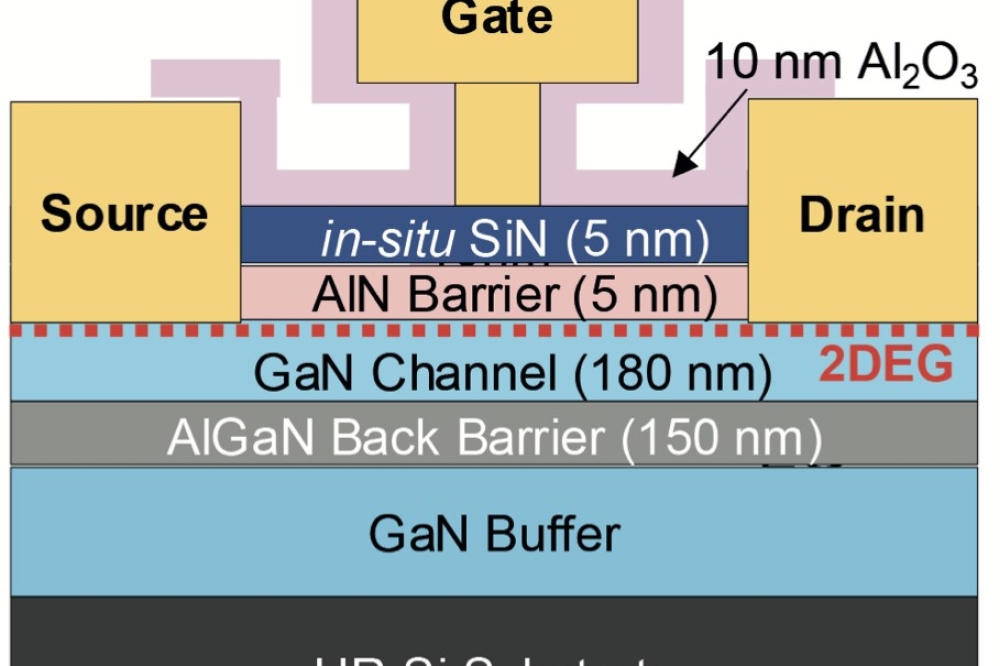MOCVD Carrier Emissivity - a new approach
MOCVD wafer carriers are typically baked in an oven for many hours, even days, after every growth run in order to clean the carrier and return its emissivity to its original value. But over many growth runs and subsequent bakes, the carrier emissivity and the uniformity of its emissivity will change.
Currently MOCVD fabs do not have a quantitative method for monitoring these emissivity changes, instead they deal with them by making small temperature set point adjustments, based on the growth run utilisation of a particular carrier. This process can help account for changes in emissivity, but cannot address non-uniformities.
To address these carrier issues, k-Space Associates, a US manufacturer of metrology tools, has developed the kSA Emissometer - a tool that measures the absolute diffuse and specular reflectance over the entire carrier. This reflectance measurement is then used to calculate the total emissivity over the entire carrier, with typical spatial resolution of 1mm.
Determination of the end-of-life point for each carrier is another important process for MOCVD fabs. Some carriers are retired if visual inspection via the human eye shows significant defects or blemishes on the carrier. In other instances, the carriers are retired based on the characterisation of the material grown on them.
These methods can result in wasted growth runs and yield reduction and provide little quality control data to improve the end-of-life determination process. For example, SiC coatings on MOCVD carriers can develop micro cracks, eventually rendering the carrier unusable. These small cracks, typically invisible to the naked eye, are due to the small mismatch of the coefficient of thermal expansion of the graphite (the bulk material of the carrier) and the SiC coating.
In order to demonstrate the power of ex situ emissivity characterisation, k-Space has been studying the correlation between carrier emissivity and the actual carrier temperature in an MOCVD reactor. This requires both carrier emissivity mapping by the kSA Emissometer and carrier temperature mapping using the kSA ScanningPyro. It has published the results in an application note on the company website
The kSA Emissometer and kSA Scanning Pyro were used to characterise a production MOCVD carrier, both ex situ (at room temperature) and in situ (at nominally 1000degC).
The kSA Emissometer measures the total emissivity of the carrier, while the kSA Scanning Pyro measures the carrier temperature. The data presented in the application note show that the two techniques complement each other, and that the micro cracks seen in the emissivity measurement translate directly to locations of lower temperature in the temperature scan.
Micro cracks (which typically cannot be seen by the naked eye) can be detrimental to thin-film deposition, as they result in temperature non-uniformity, carbon outgassing, and ultimately lead to the implosion of the carrier at high temperatures typical of MOCVD growth.
According to k-Space, the kSA Emissometer opens the door to a scientifically based, quantitative approach to wafer carrier characterisation in the production environment. It can be used to determination of the quality of the carrier bake after the deposition run; for quantitative determination of real surface emissivity and the necessary temperature set-point adjustments for a particular wafer carrier post-bake; it can find micro cracks in the SiC coating; be used for qualifying wafer carrier vendors; and can prevent wasted MOCVD growth runs.


































